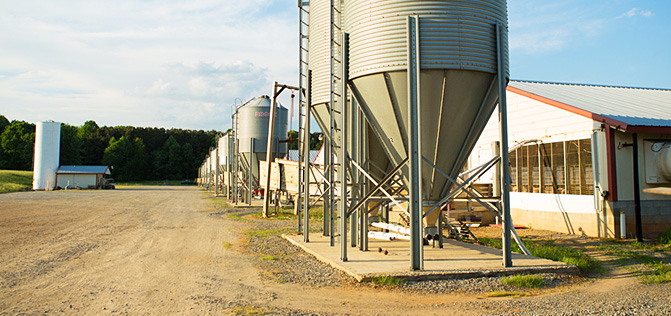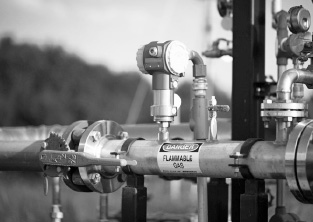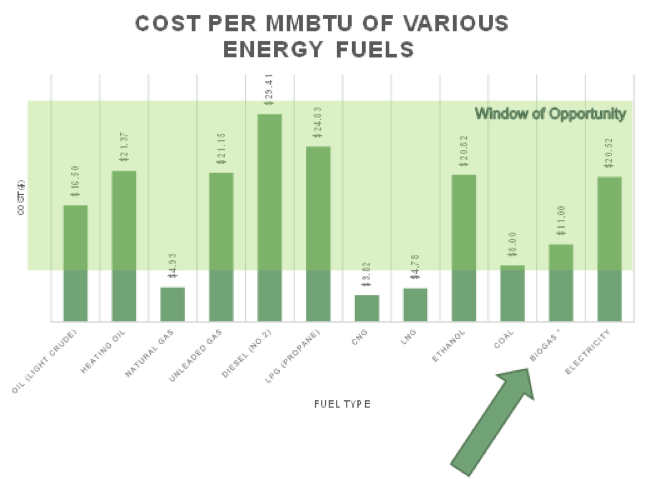
A renewable alternative
Unfortunately, most experts agree that complete reliance on electricity for our transportation needs is quite challenged. The transport of goods, mass public transportation, and long-distance travels have presented difficult situations to rely on battery-powered vehicles due to the weight and life of modern batteries. While this technology continues to improve, at Cavanaugh, we believe there are opportunities to utilize other renewable fuels to satisfy our transportation and fuel needs that complement the development of electric vehicles.
 Our rich carbon resources offer opportunities to convert “waste” materials into transportation fuels, such as renewable biogas stemming from the anaerobic digestion of organic wastes. This renewable biogas can be compressed (CNG) or liquefied (LNG) and used in the same or similar combustion engines fueled by gasoline and diesel that we use today. This means not only can biogas-fueled vehicles be purchased in the future, but we can convert many of the vehicles we use today – a distinct difference from many other renewable transportation fuels that are being developed.
Our rich carbon resources offer opportunities to convert “waste” materials into transportation fuels, such as renewable biogas stemming from the anaerobic digestion of organic wastes. This renewable biogas can be compressed (CNG) or liquefied (LNG) and used in the same or similar combustion engines fueled by gasoline and diesel that we use today. This means not only can biogas-fueled vehicles be purchased in the future, but we can convert many of the vehicles we use today – a distinct difference from many other renewable transportation fuels that are being developed.
The development of biogas-based transportation fuels also presents a new opportunity for the development of high-value energy exports for carbon-rich nations like the United States. Converting organic resources and organic wastes to fuels provides opportunities to improve waste treatment processes, reduce pollution, and provide an economic boost to the agricultural economy.
It took our planet hundreds of millions of years to produce the fossil fuels we mine and drill for today. However, anaerobic digestion can create renewable biogas from organic wastes in matter of hours. The scarcity of finite fossil fuels will continue to result in cost increases over time, while technology improvements will likely result in lesser costs for biogas development in the future.
There are several passenger vehicles and light duty trucks currently available for purchase that are fueled by compressed natural gas or dual-fueled (CNG + gasoline). Additionally, many medium duty and heavy duty vehicles, such as passenger vans, school buses, transit buses, shuttles, refuse trucks, and semitrucks are now available for purchase for fleet operations. Even small engines, such as lawn mowers, forklifts, etc. are great opportunities for biogas use.


